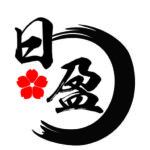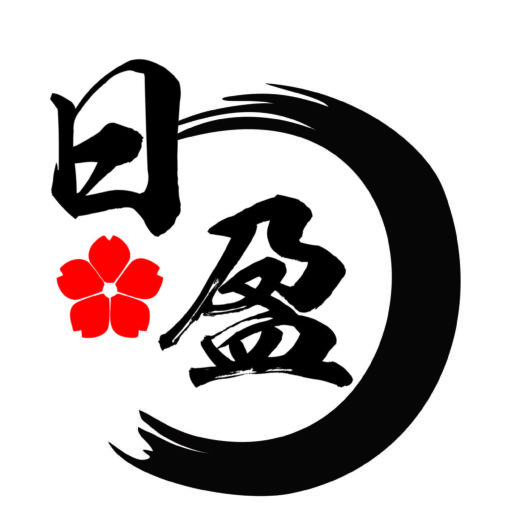Gifu prefecture (Chuubu area)
Hida Takayama “Old Town Streets
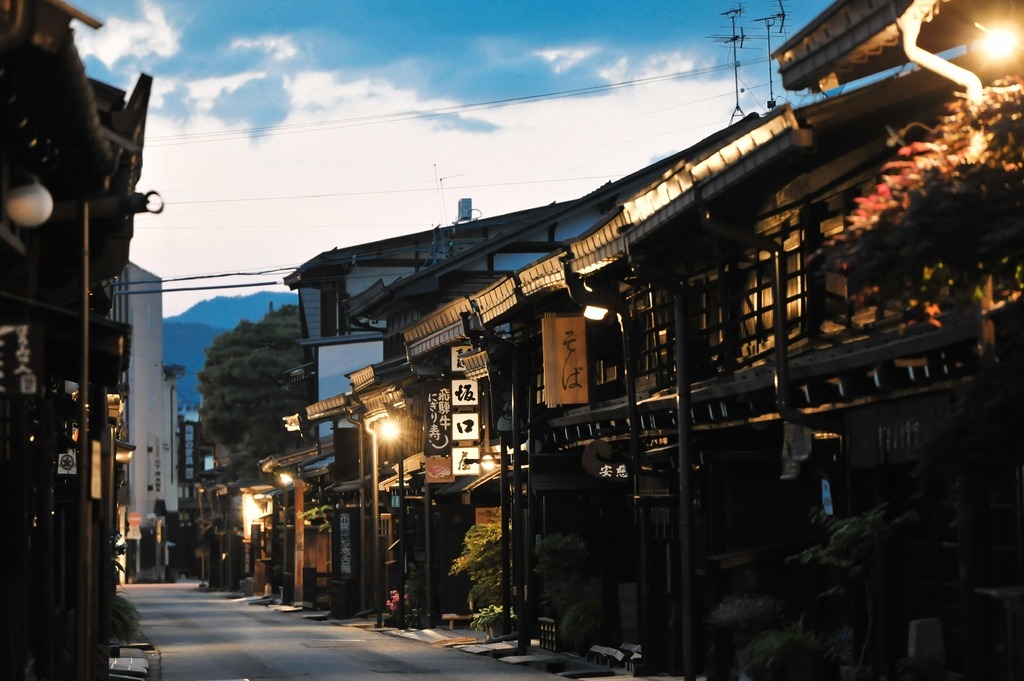
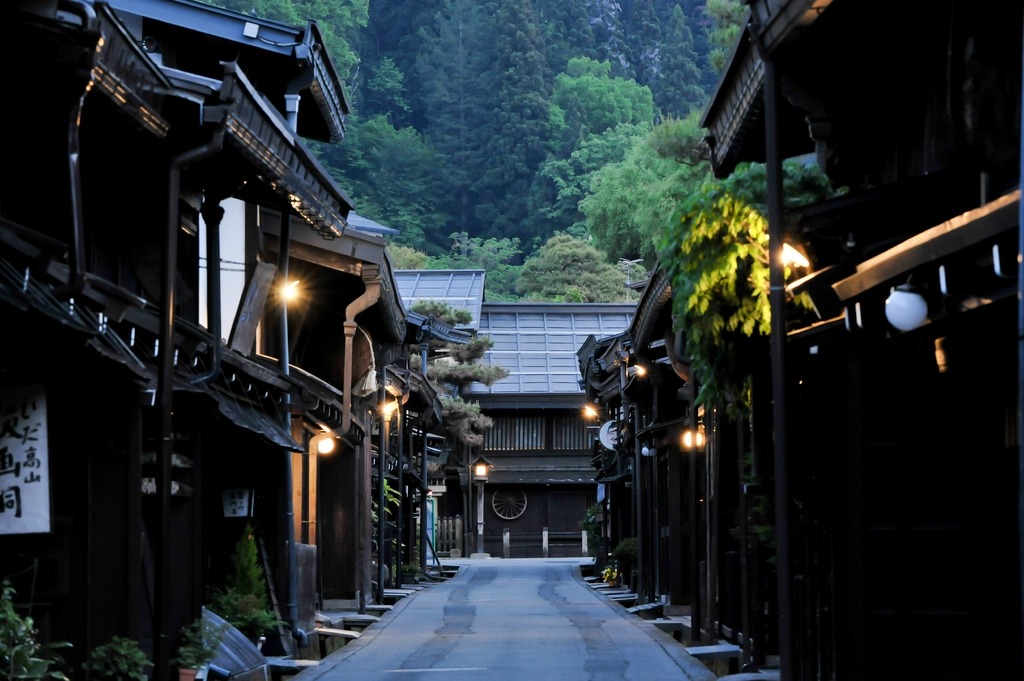
The three main streets of Takayama, Kamimachi and Shimomachi, which developed as the center of the castle town and merchant town, are called the old town rows.
In Kamimachi, candy shops, traditional craft stores, and stores selling the famous “Mitarashi dango” (sweet dumplings) line the streets, attracting many tourists. The downtown area is a valuable townscape where stores related to civic life still remain. It is a common sightseeing spot in Takayama with its old-fashioned streets lined with confectionery, rice cake shops, antique shops, farm equipment, tatami mats, stationery, post offices, and restaurants.
Gero Onsen
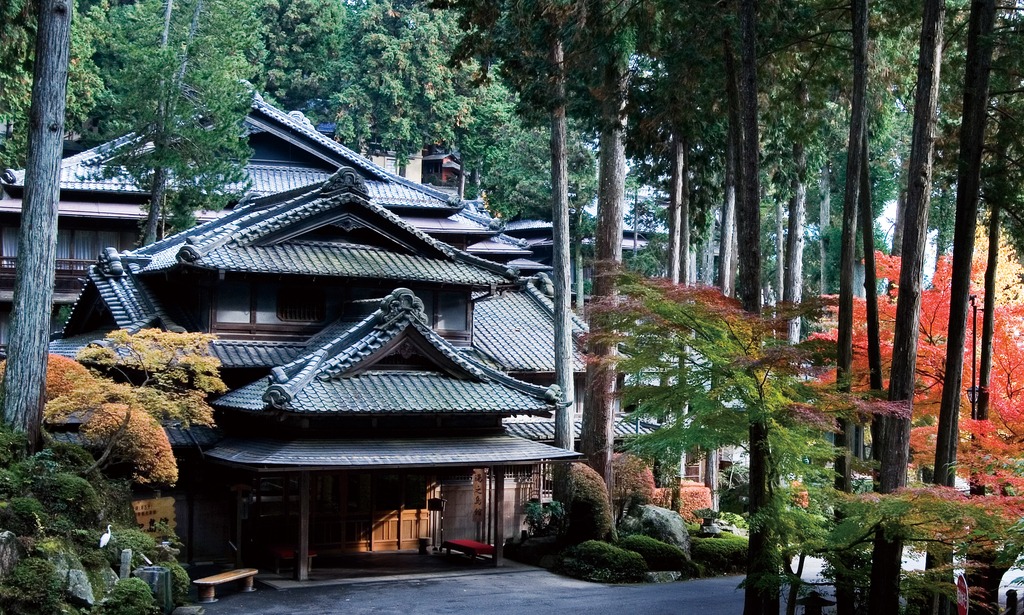
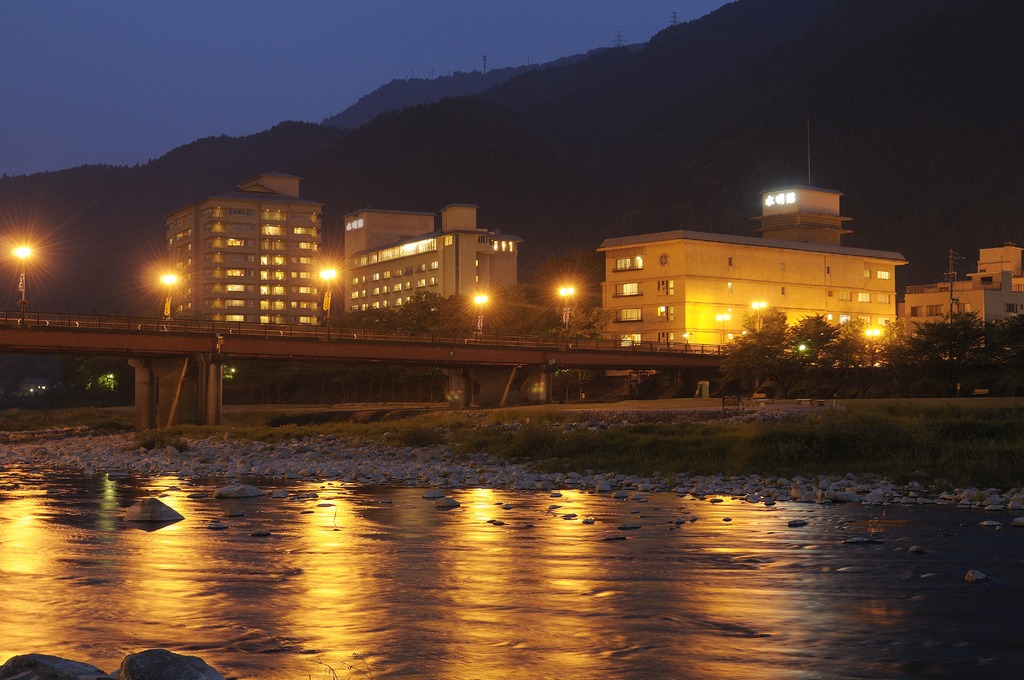
Gero Onsen, which springs in the basin of the Hida River, is one of the three most famous hot springs in Japan, along with Arima Onsen in Hyogo Prefecture and Kusatsu Onsen in Gunma Prefecture.
The hot spring resort town is centered around the Hida River, where the convivial bustle and mountain village atmosphere are harmoniously blended to create the charm of Gero Onsen.
The hot water is smooth and has many repeat customers as “beauty water” that makes your skin smooth and smooth.
Shirakawa-go Gassho-Zukuri Village ( World Heritage Site )

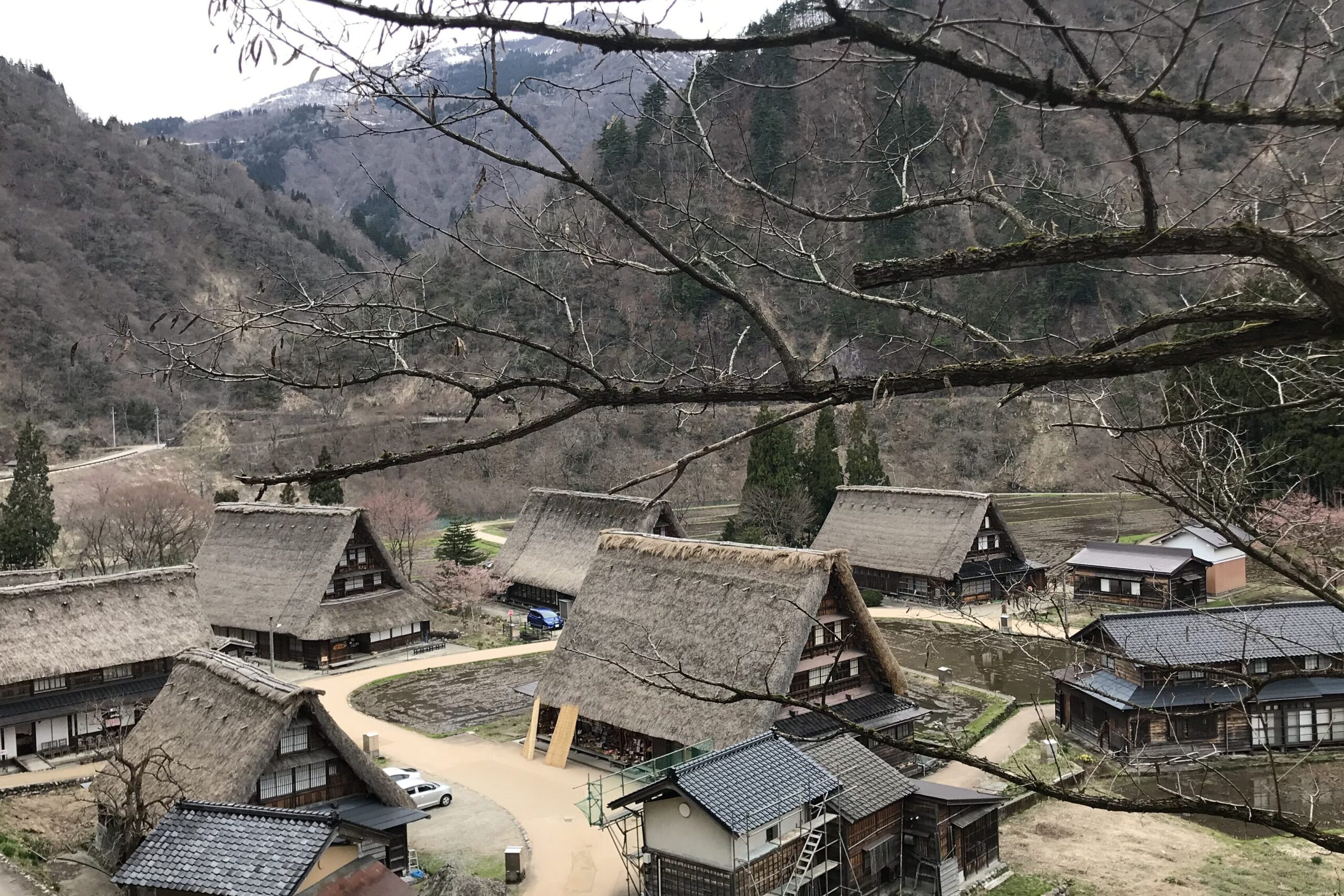
In this area, which is one of the heaviest snowfall areas in Japan and until recently was considered one of Japan’s unexplored regions, people live in gassho-style houses, enduring heavy snowfalls for as long as four months.
In 1976, this beautiful landscape of gassho-zukuri villages was selected as an Important Preservation District for Groups of Traditional Buildings in recognition of its beauty, which could be called the original landscape of Japan. In 1995, together with Gokayama (Toyama Prefecture), Shirakawa-go and the Gokayama Gassho-Zukuri Villages were registered as a UNESCO World Heritage Site (cultural heritage).
Shin Hotaka Ropeway
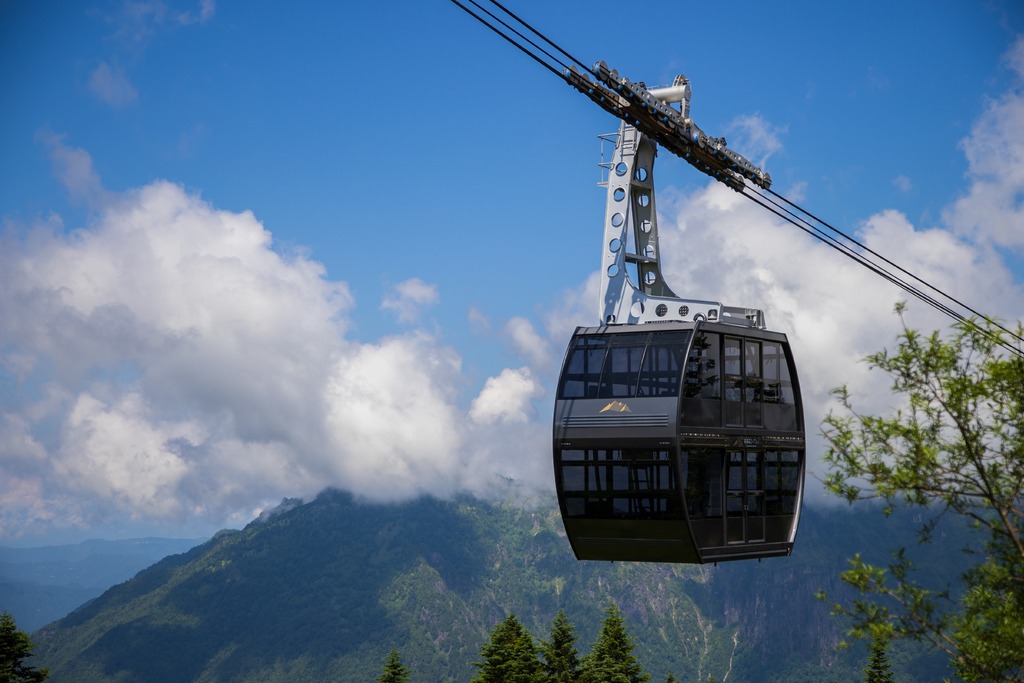
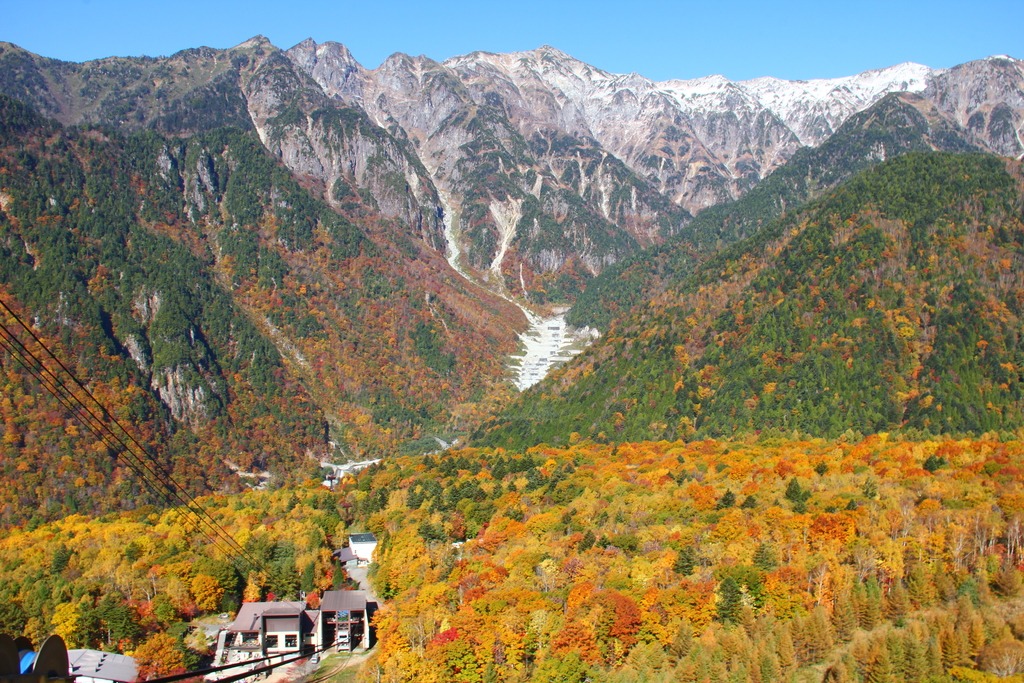
Japan’s first double-decker gondola will take you to a world above the clouds at an altitude of 2,156 meters.
From the observatory on the roof of Nishi-Hotakaguchi Station, visitors can enjoy a 360-degree panoramic view of the mountains of the Northern Alps, including Mt.
Outside Nishi-Hotaka-guchi Station, a walking course winds through the primeval forest in Sengokuenchi Park, where you can see lovely wildflowers and alpine plants from May to October.
Autumn foliage can usually be enjoyed from early October to late October, and after around October 20, visitors can also enjoy a wonderful view of the newly snow-covered Northern Alps and autumn leaves against the bright blue autumn sky. In winter, a huge snow corridor is created.
Hida Takayama Miyagawa Morning Market
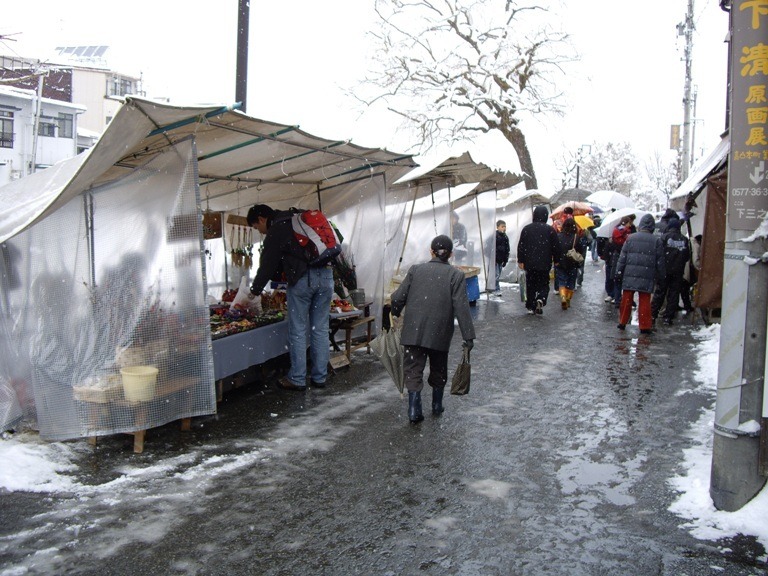
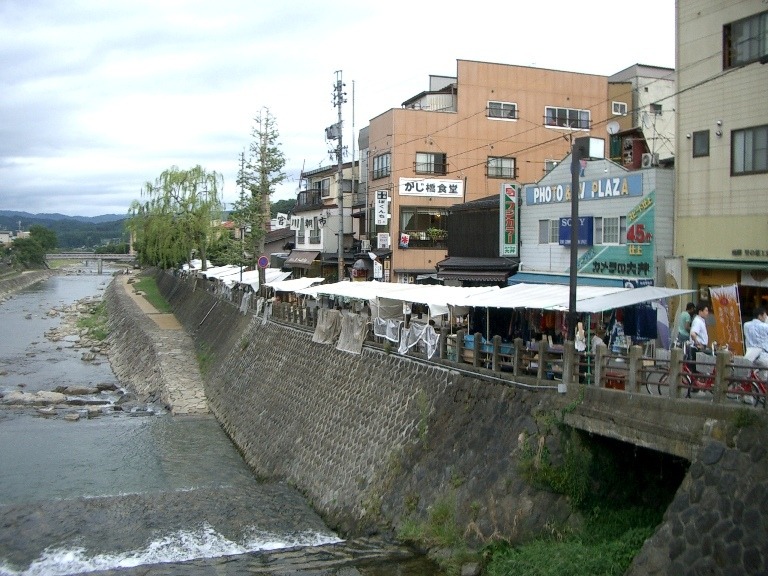
Since the Edo period, the market has developed as a rice market, mulberry market, flower market, etc. From the middle of the Meiji period (1868-1912), farmers’ wives began to display vegetables, and the market came to be called “Asaichi (morning market).
Fresh vegetables, fruits, flowers, and other seasonal delights.
Takayama camp
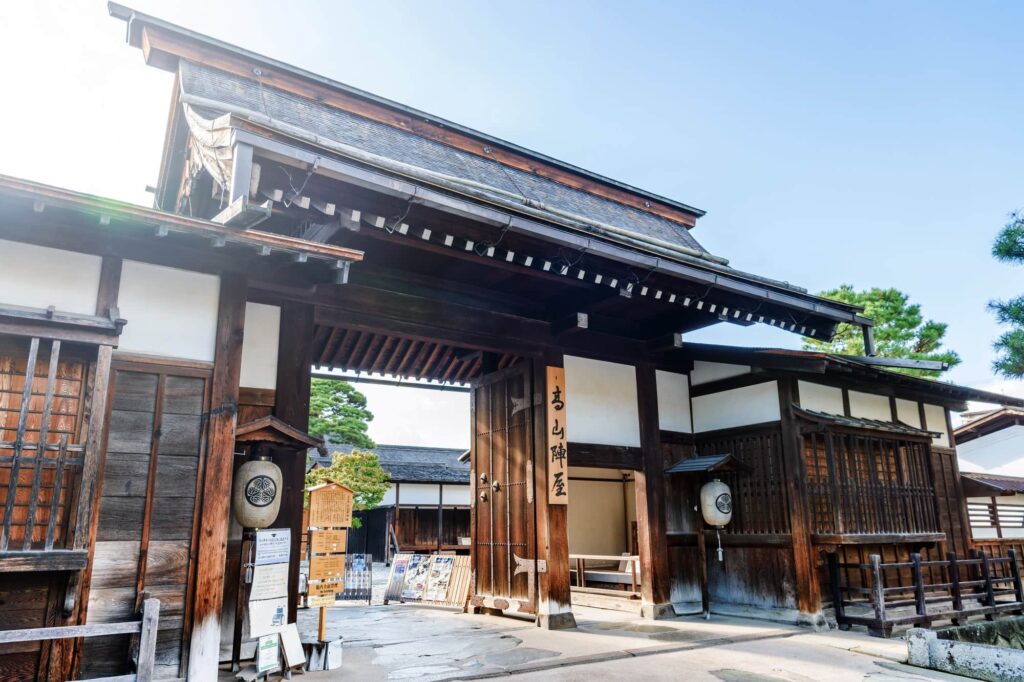
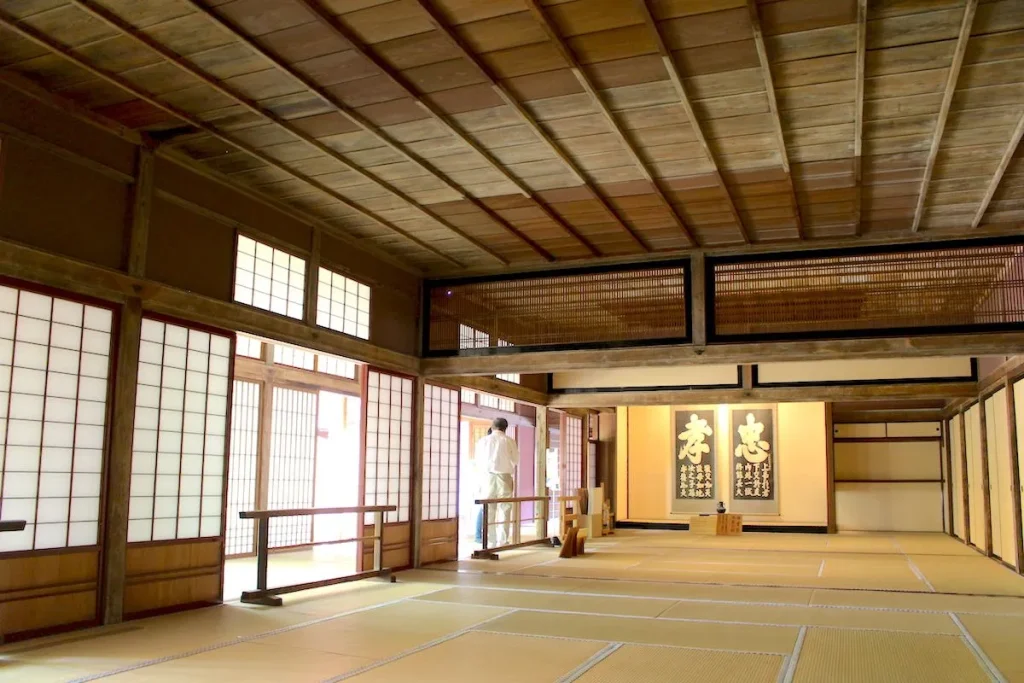
A jinya is a place where a county governor or a deputy governor governed during the Edo period, and the term “jinya” collectively refers to a government office, a county governor’s (deputy governor’s) residence, a storehouse, and so on.
In 1777, the Hida deputy was promoted to the position of Hida county governor, and became an important fief directly under the control of the shogunate along with the three county offices (Kanto, Saigoku, and Mino) that existed at the time.
Of the 60-odd county and district offices said to have existed throughout Japan at the end of the Edo period, this Takayama Jinya is the only building from that time that still remains.

